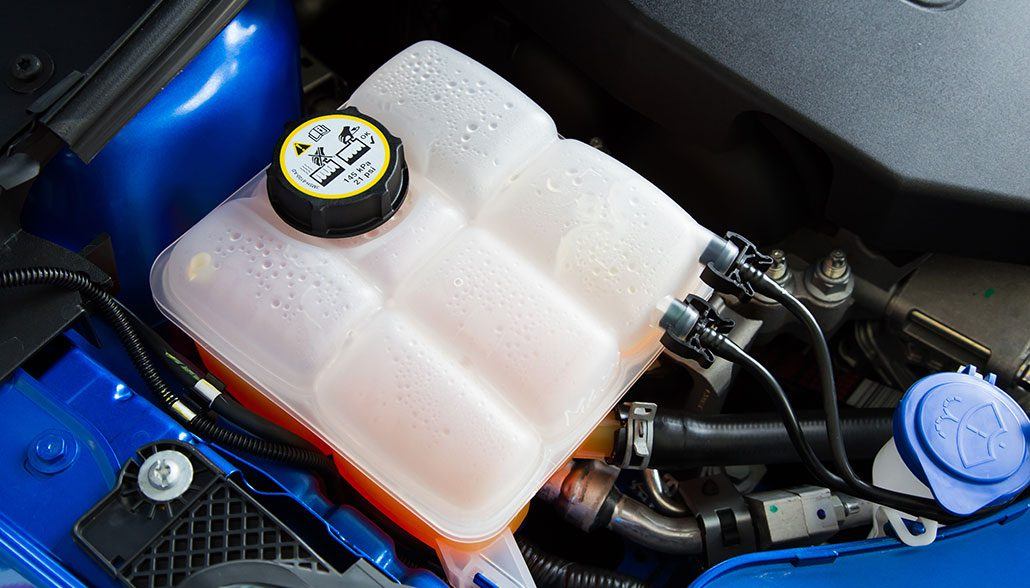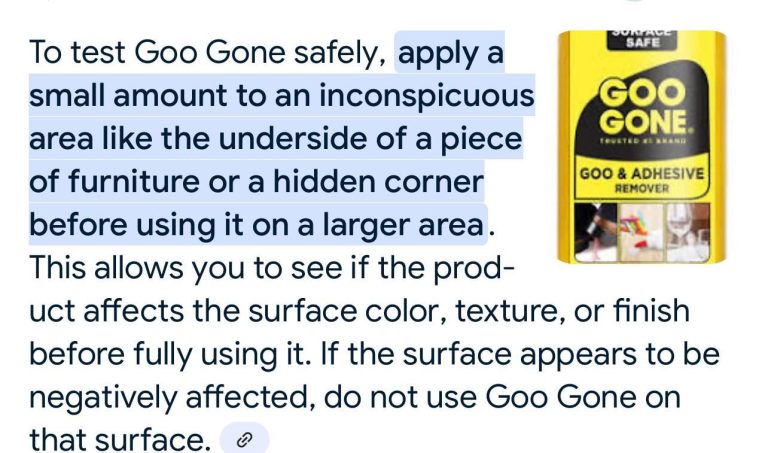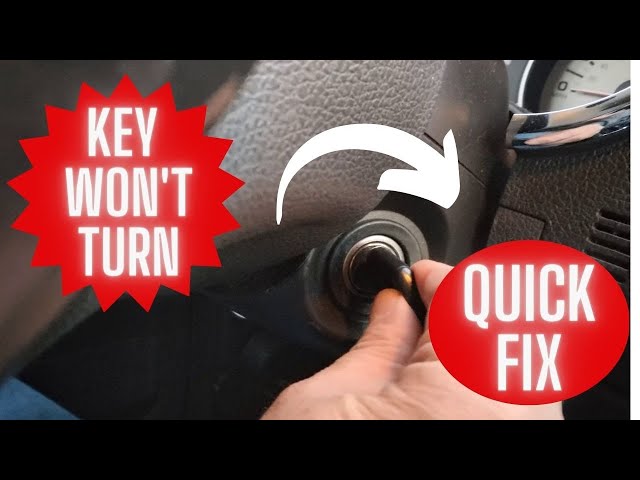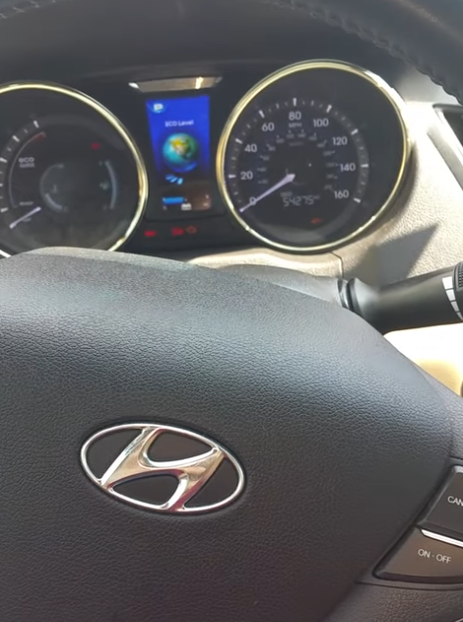How to Check Coolant Level: Easy Steps for Beginners
To check coolant level, ensure the engine is cool. Locate the coolant reservoir, usually a translucent tank near the radiator. Check that the coolant is between the “MIN” and “MAX” lines. If low, add the correct coolant type. Never open the radiator cap when the engine is hot.
A well-maintained coolant system is essential for keeping your engine from overheating and ensuring smooth rides. But do you know how to check your car’s coolant level effectively? This simple task can save you time, money, and stress down the road.
In this guide, you’ll learn the quick and easy steps to check your coolant level like a pro, giving you peace of mind and helping you maintain your vehicle’s health. Stay tuned, because understanding this essential maintenance task could be a game-changer for your car’s longevity.
.png)
Credit: www.greatwater360autocare.com
How to Check Coolant Level
Importance Of Coolant In Your Vehicle
Maintaining the right coolant level in your vehicle is crucial for its smooth operation. Coolant, often referred to as antifreeze, is not just a fancy liquid in your car’s system. It plays a vital role in regulating the temperature of your engine. Without it, your car could overheat, causing serious damage. Ever been stuck on the side of the road with steam billowing from your hood? That’s what happens when your engine overheats due to lack of coolant. So, why is coolant so important?
Coolant helps keep your engine temperature stable. It ensures your engine doesn’t get too hot or too cold. A balanced temperature prevents engine parts from warping or cracking. This saves you from costly repairs.
Moreover, coolant protects your engine components from corrosion. It contains additives that prevent rust from forming inside your engine. This protection is essential for the longevity of your car. Imagine your engine as the heart of your vehicle; keeping it healthy is paramount.
Coolant also aids in lubricating parts of your engine. It reduces friction and wear on moving parts. This means smoother rides for you and less stress on your engine. Have you ever noticed how your car runs better after a coolant top-up?
Read more: What to Do When Car Overheats: Quick Fixes & Tips
How To Check Your Coolant Level
Checking your coolant level is a straightforward task. Yet, many people skip it until it’s too late. Here’s how you can ensure your car stays in top shape:
- Locate the coolant reservoir. It’s usually near the radiator and marked with labels.
- Check the level against the markings on the side of the reservoir. The fluid should be between the ‘MIN’ and ‘MAX’ marks.
- If it’s low, add the appropriate coolant mixture recommended by your vehicle’s manufacturer.
Remember, always check your coolant level when the engine is cool. Checking it when hot can be dangerous. Have you checked your coolant lately?
Signs Your Coolant Needs Attention
Be alert to signs that your coolant level might be low. An overheated engine, leaks under your vehicle, or a sweet smell coming from the engine are red flags. These symptoms could mean you need to check your coolant level immediately.
What does your car’s temperature gauge say? If it’s consistently high, it might be a sign that your coolant needs a check. Don’t wait until it’s too late. Regular checks can prevent bigger issues down the road.
By understanding the importance of coolant, you ensure your vehicle runs smoothly and efficiently. Keep your engine cool, and it will keep you moving. The next time you’re under the hood, take a moment to check the coolant. Your car will thank you.
Read more: Ford Fusion Won’t Start: Troubleshooting Tips Unveiled
Signs Of Low Coolant Levels
Low coolant levels can lead to overheating, engine damage, and warning lights on the dashboard. Regular checks help identify low levels by inspecting the reservoir. Ensure the engine is cool and the car is on a level surface.
Ensuring your vehicle runs smoothly involves keeping an eye on several components, and the coolant level is one of them. Low coolant can lead to engine overheating, which can cause significant damage. But how can you tell if your coolant is low before it becomes a big problem? Knowing the signs can save you time and money on repairs.
1. Engine Temperature Warning Light
One of the most obvious signs is the engine temperature warning light on your dashboard. This light usually indicates your engine is running hotter than it should. If you see this light, check your coolant level as soon as possible.
2. Rising Temperature Gauge
Keep an eye on your temperature gauge while driving. If you notice it climbing higher than usual, it could be a sign of low coolant. A sudden rise often suggests that your engine is not being cooled effectively.
3. Sweet Smell
A sweet smell coming from your vehicle can indicate a coolant leak. Coolant has a distinctive sweet scent, so if you notice this, it’s a good idea to check your coolant level. Ignoring it might lead to more severe issues.
4. Visible Leaks Under The Vehicle
Check under your car for any puddles or wet spots. A clear or brightly colored liquid could be coolant. If you find a leak, it’s crucial to locate its source and address it promptly.
5. Steamy Hood
Experiencing steam coming from under your hood? That’s a classic sign your engine might be overheating due to low coolant. It’s a signal to pull over safely and let your engine cool down before checking under the hood.
6. Poor Heater Performance
Is your car heater not working as well as it used to? Low coolant can affect your vehicle’s heating system. If you notice a lack of warmth, it might be time to top up your coolant.
7. Gurgling Sounds
Hearing strange gurgling sounds from your engine? This could mean air is trapped in the cooling system due to low coolant levels. It’s a cue to check your coolant and potentially bleed the system. Taking the time to monitor these signs can prevent costly repairs and keep your car running smoothly. Have you ever ignored one of these signs and faced the consequences? Share your experience and help others learn from it.
Tools Needed For Checking Coolant
Checking the coolant level in your vehicle is a straightforward task that can save you from costly repairs and unexpected breakdowns. But before you pop the hood, it’s essential to have the right tools at your disposal. Having the proper equipment not only makes the process easier but also ensures you get accurate readings. Let’s delve into what you’ll need to efficiently check your coolant level.
Before you start, gather the essential tools. It’s like preparing for a recipe; you don’t want to miss an ingredient at the last minute. Having everything laid out will save you time and frustration.
1. Safety Gloves
Always prioritize safety. Coolant can be harmful, so wearing gloves protects your skin from chemicals and heat. Imagine reaching into your engine bay without them; it’s not worth the risk.
2. Clean Cloth Or Rag
A clean cloth is invaluable. Use it to wipe away dirt and grease from the coolant reservoir. This ensures you can clearly see the coolant level. Plus, it’s handy to clean up any spills.
3. Flashlight
Engines can be dark and cramped. A flashlight helps you see the coolant reservoir clearly. This tool is especially useful if you’re checking levels in low light or at night. It’s a simple tool but makes a huge difference.
4. Funnel
If you need to add coolant, a funnel prevents spills and helps you pour the liquid smoothly. Without it, you might end up with a messy engine bay, and no one wants that.
Now that you know the tools needed, consider this: Have you ever realized how much easier tasks become when you’re prepared? Proper tools make all the difference, turning a daunting task into a quick check-up. So, before you dive into checking your coolant, double-check your toolkit. Are you ready for a seamless experience?

Credit: www.gorruds.com
Step-by-step Coolant Level Check
Checking the coolant level is simple and keeps your car running smoothly. First, find the coolant reservoir under the hood. Then, compare the fluid level against the markers on the side of the reservoir to ensure it falls between the minimum and maximum levels.
Ensuring your car’s coolant level is just right is crucial for maintaining its performance and longevity. A low coolant level can lead to overheating, which might cause serious engine damage. Checking the coolant level isn’t rocket science. In fact, it’s a simple process you can do in your garage or driveway. Let’s dive into the step-by-step guide to check your car’s coolant level effortlessly.
1. Gather Your Supplies
Before you start, make sure you have a clean cloth and a flashlight handy. These will help you see better and keep things tidy. You don’t need any fancy tools, just your attention and a bit of time.
2. Ensure Safety First
Always check the coolant level when the engine is cold. This prevents burns and ensures an accurate reading. If you’ve just driven your car, wait at least 30 minutes before starting.
3. Locate The Coolant Reservoir
Pop the hood of your car and find the coolant reservoir. It’s usually a translucent plastic container with a cap labeled “coolant” or “engine coolant.” If you’re unsure, your vehicle’s manual can help you pinpoint it.
4. Check The Coolant Level
Look at the side of the coolant reservoir. You should see markings that indicate “full” and “low” levels. If the coolant level is below the “low” mark, it’s time to add more.
5. Add Coolant If Needed
If the coolant is low, carefully remove the cap and add the recommended type of coolant until it reaches the “full” mark. Be cautious not to overfill, as this can also cause problems. Remember, too much of a good thing isn’t always better.
6. Secure Everything Back
Once you’ve added the coolant, ensure the cap is secured tightly. Double-check everything is back in place and there are no spills. A small oversight now could lead to bigger issues later.
7. Monitor For Leaks
After topping up the coolant, keep an eye on the ground under your car for a few days. Any leaks might indicate a more serious issue that needs professional attention. It’s like catching a small problem before it turns into a costly repair. Checking your car’s coolant level is a straightforward task that can save you from major headaches. Have you ever found your car running hot on a long road trip? It might have been a coolant issue. Keeping an eye on this small detail ensures smoother and safer journeys.
Tips For Maintaining Proper Coolant Levels
Checking coolant levels is crucial for engine health. Locate the coolant reservoir under the hood. The side markings indicate minimum and maximum levels. Ensure coolant reaches the recommended level to prevent overheating. Regular checks maintain efficiency and prolong vehicle life.
Maintaining proper coolant levels in your vehicle is essential for optimal performance and longevity. Neglecting this simple task can lead to engine overheating, costly repairs, and even complete engine failure. But how do you ensure your coolant levels are consistently where they need to be? Below are some practical tips to help you keep your vehicle’s coolant levels in check.
Know Your Vehicle’s Coolant Type
Different vehicles require different types of coolant. Make sure you’re using the right one for your car. Check your owner’s manual or consult with a trusted mechanic to verify the correct type and mixture. Using the wrong coolant can harm your engine and compromise its efficiency.
Check Regularly, Not Just When There’s A Problem
Don’t wait for warning lights or overheating to start checking your coolant level. Make it a routine part of your vehicle maintenance schedule. You can easily do this monthly or before any long trips. Regular checks can help you spot any leaks early and avoid unexpected breakdowns.
Use The Right Tools
Having the correct tools makes the job easier. A flashlight can help you see the coolant level clearly, especially in poorly lit areas. Gloves protect your hands from any spills or hot surfaces. These simple tools can make a significant difference in your maintenance routine.
Inspect For Leaks
Leaking coolant is a common issue. Look for wet spots under your vehicle or a sweet smell under the hood. If you notice these signs, inspect the hoses and radiator for cracks or damage. Fixing small leaks can prevent bigger problems down the road.
Top Up As Needed
If you find your coolant level is low, don’t delay topping it up. Use the correct mixture of coolant and water to ensure your engine stays cool. Follow the instructions on the coolant container for precise ratios. This simple act can save you from expensive repairs.
Keep An Eye On The Temperature Gauge
Your vehicle’s temperature gauge is an important tool. It alerts you to any overheating issues. If you notice the needle moving beyond the normal range, check your coolant level immediately. This proactive step can prevent engine damage.
Consider Seasonal Changes
Coolant needs can change with the seasons. In colder months, your vehicle may require a different coolant mix to prevent freezing. Pay attention to these seasonal shifts, and adjust your coolant as necessary. This ensures your vehicle performs well year-round.
Ask Yourself, Are You Prepared For Emergencies?
Imagine being stuck on a deserted road with no coolant. Prepare for emergencies by keeping a spare bottle in your trunk. This small precaution can be a lifesaver in unexpected situations. Is your emergency kit complete? By following these tips, you can maintain your vehicle’s coolant levels effectively, ensuring a smooth and safe driving experience.
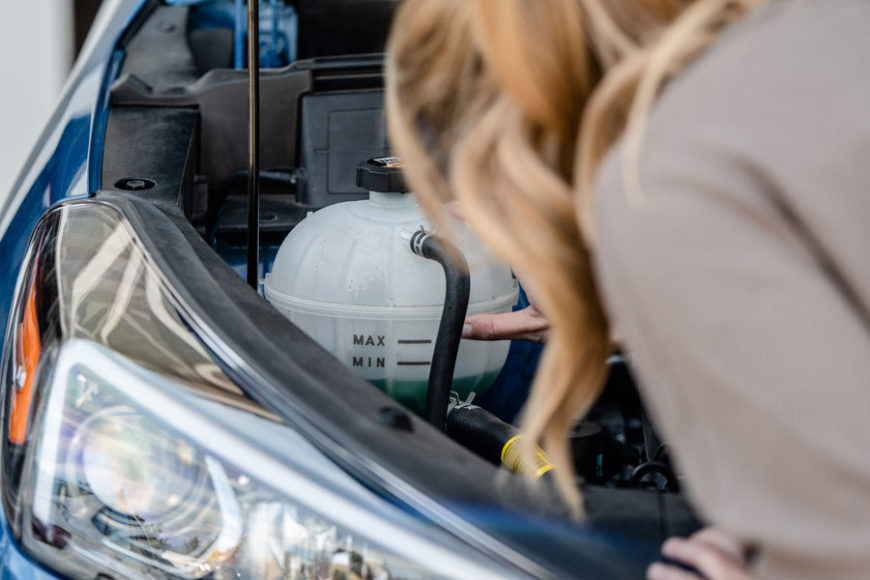
Credit: www.autozone.com
Frequently Asked Questions
What Tools Do I Need To Check Coolant Level?
You need a flashlight and a clean rag. A flashlight helps see the coolant level clearly. A rag wipes spills.
How Often Should I Check My Coolant Level?
Check your coolant level monthly. Regular checks prevent overheating. Ensures the engine runs smoothly. Keeps your vehicle safe.
Can Low Coolant Cause Engine Damage?
Yes, low coolant can damage the engine. Leads to overheating. Avoid costly repairs. Check coolant regularly to prevent issues.
Conclusion
Checking your coolant level is essential for engine health. Regular checks prevent overheating. Follow the steps outlined for accuracy. Always ensure the engine is cool before opening the cap. Use the correct type of coolant for your vehicle. Keep a bottle handy for top-ups.
This simple habit can save costly repairs. Protect your engine with consistent care. Your car will thank you. Safe driving starts with a well-maintained engine. Stay proactive and keep your vehicle running smoothly. Remember, a little attention goes a long way.
Check your coolant today and drive with peace of mind.

